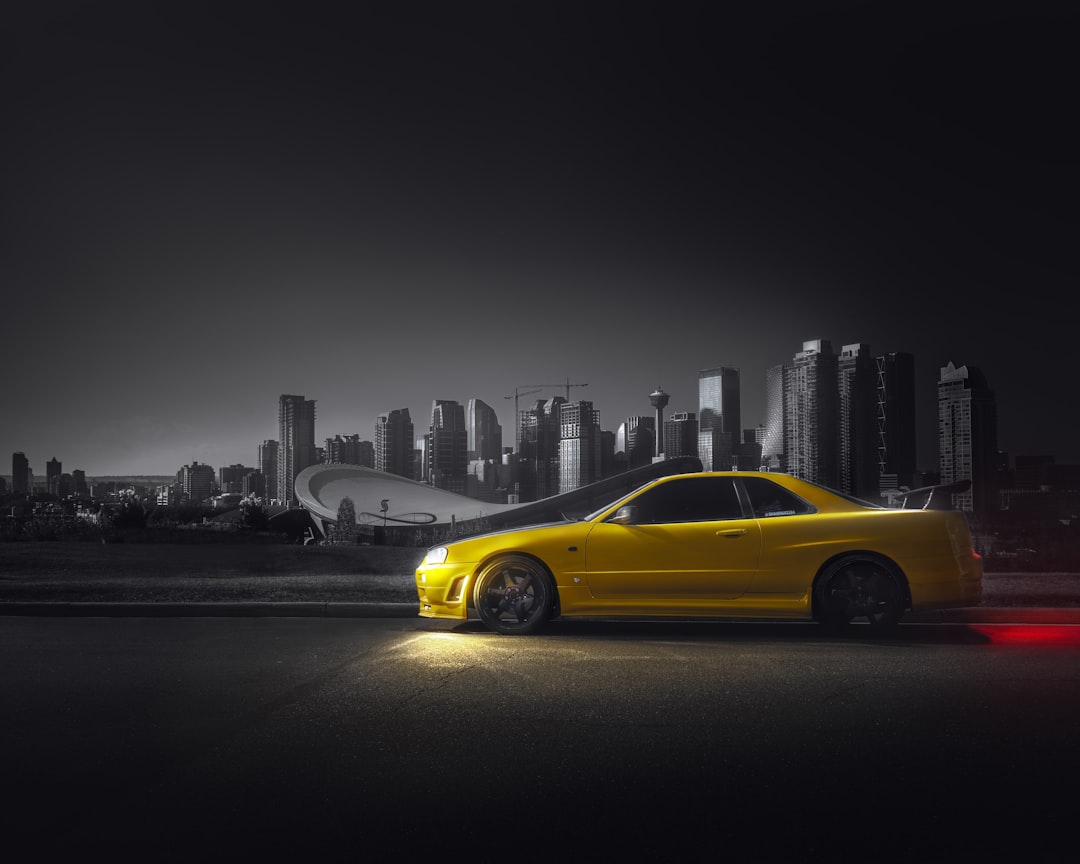Classic muscle cars are a staple in American automotive history, representing a time when horsepower and speed were king on the roads. These iconic vehicles have captured the hearts and minds of car enthusiasts for decades, with their powerful engines and sleek designs. In this blog post, we will take a closer look at the history of classic muscle cars, from their origins in the 1960s to their enduring popularity today.
The birth of the classic muscle car can be traced back to the 1960s, a time when American car manufacturers were engaged in a fierce battle for dominance on the streets. It all started in 1964, when Ford introduced the Mustang, a sporty coupe that captured the imagination of the American public. The Mustang was an instant hit, selling over 400,000 units in its first year of production. Its combination of style, performance, and affordability made it a game-changer in the automotive industry.
Not to be outdone, General Motors soon followed suit with the introduction of the Chevrolet Camaro and Pontiac Firebird, both of which were designed to compete directly with the Mustang. These muscle cars featured powerful V8 engines, aggressive styling, and impressive performance capabilities. The rivalry between Ford, Chevrolet, and Pontiac quickly escalated, with each manufacturer constantly pushing the boundaries of speed and power.
The 1960s also saw the rise of legendary muscle cars such as the Dodge Charger, Plymouth Barracuda, and Chevrolet Chevelle. These vehicles were designed for one thing and one thing only – speed. With engines producing upwards of 400 horsepower, these cars were capable of going from 0 to 60 mph in under 6 seconds, a remarkable feat for the time. The muscle car craze had officially taken hold, and American streets were never the same again.
The peak of the classic muscle car era came in the late 1960s and early 1970s, with the introduction of iconic vehicles such as the Ford Mustang Boss 429, Chevrolet Camaro Z/28, and Dodge Challenger R/T. These cars were the epitome of American muscle, with their massive engines and aggressive styling. They were a reflection of the culture of the time – bold, brash, and unapologetically fast.
Unfortunately, the party didn’t last forever. In the early 1970s, a series of factors such as rising fuel prices, stricter emissions regulations, and changing consumer preferences led to the decline of the classic muscle car. The oil crisis of 1973 dealt a significant blow to the industry, with many manufacturers being forced to downsize their engines and focus on fuel efficiency rather than performance. The muscle car era was officially over, and enthusiasts were left mourning the loss of their beloved V8 engines.
However, the love for classic muscle cars never truly died out. In the following decades, a resurgence of interest in these iconic vehicles led to a booming market for vintage muscle cars. Enthusiasts across the country began restoring and customizing classic muscle cars, keeping the spirit of the golden age of muscle cars alive. Events such as car shows, drag races, and auctions dedicated to classic muscle cars continue to draw crowds of passionate admirers.
Today, classic muscle cars have become more than just vehicles – they are symbols of an era gone by, a time when speed and power reigned supreme. The timeless designs and powerful engines of these cars continue to captivate car enthusiasts of all ages, proving that the allure of the muscle car never truly fades away.
In conclusion, the history of classic muscle cars is a tale of power, speed, and passion. From their origins in the 1960s to their enduring popularity today, these iconic vehicles have left an indelible mark on American automotive history. While the classic muscle car era may have come to an end, the legacy of these legendary vehicles lives on in the hearts of car enthusiasts around the world. Whether you’re a fan of Ford, Chevrolet, Dodge, or any other classic muscle car brand, one thing is for certain – the allure of the muscle car is as strong as ever.

